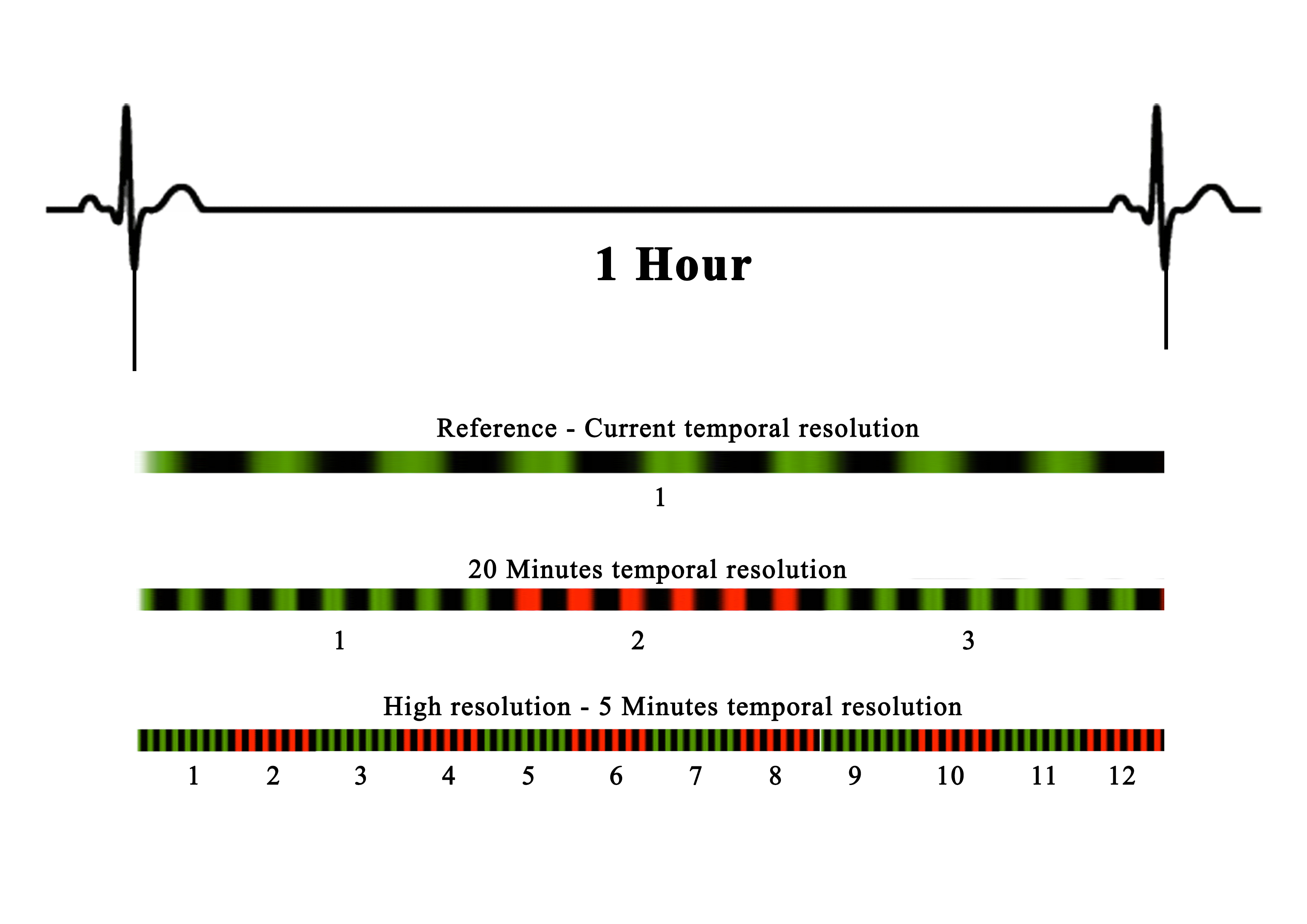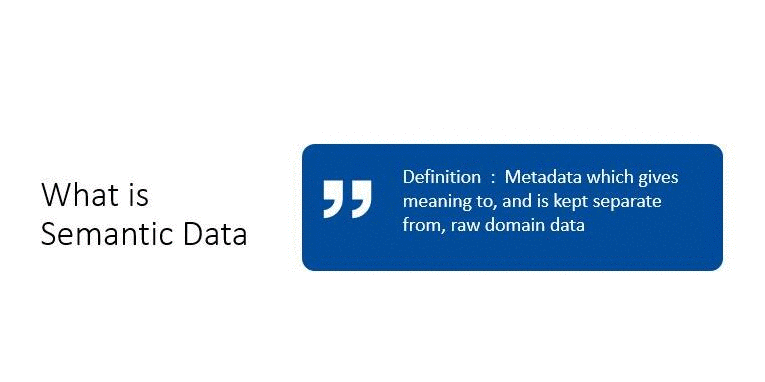GRADUATE PROGRAM IN BUILDING SCIENCE
Yash Vyas—Alumni Achievement Award
About the Award
For overall achievement, contribution and commitment to the Building Science Graduate Program.
Yash Vyas—Alumni Achievement Award
About the Award
For overall achievement, contribution and commitment to the Building Science Graduate Program.

GRADUATE PROGRAM IN BUILDING SCIENCE
Yuqing Zhao—Alumni Environment Award
About the Award
For achievement in a thesis or project on a topic related to the environment or sustainable design.
Yuqing Zhao—Alumni Environment Award
About the Award
For achievement in a thesis or project on a topic related to the environment or sustainable design.
A study a high temporal resolution weather file for
simulating building energy consumption in cold climate
*Department of Architectural Science, Ryerson University
**Department of Electrical, Computer, & Biomedical Engineering
Ryerson University, ON, Canada, M5B 2K3
INTRODUCTION
Building energy simulation (BES) is the practice of utilizing computer-based program to perform a detailed prediction of building energy usage and its’ related building service system sensible loads. A BES program takes inputs such as building geometry, building envelope system, construction, building service systems, lighting features and also controlling strategies as the description of the building. With BES becoming an essential part of the pre- and post-construction period, there is an increasing need for more and more accurate weather information input data.
Yuqing Zhao*, Zaiyi Liao* and Lian Zhao
Yuqing Zhao*, Zaiyi Liao* and Lian Zhao***Department of Architectural Science, Ryerson University
**Department of Electrical, Computer, & Biomedical Engineering
Ryerson University, ON, Canada, M5B 2K3
INTRODUCTION
Building energy simulation (BES) is the practice of utilizing computer-based program to perform a detailed prediction of building energy usage and its’ related building service system sensible loads. A BES program takes inputs such as building geometry, building envelope system, construction, building service systems, lighting features and also controlling strategies as the description of the building. With BES becoming an essential part of the pre- and post-construction period, there is an increasing need for more and more accurate weather information input data.
The most common approach is to use the quasi-steady state building model
with 1-hour time step, full-year weather files. In recent
years, the inaccuracy arising from averaging effects caused by using an
hourly-based, resolution weather file has been acknowledged and studied by the
scientific community. The appropriate spatial and temporal resolution of a
weather file used in BES is determined by the underlying observations interval.
The most common format of hourly weather data is formed by selecting the most
average months in historical years and assembling these months into the most
typical year. This method has been widely used in practice to preliminarily
assessing energy consumption, including annual energy calculations.
There is a significant lack of research for the comparative analysis of the error in matching results caused by different temporal resolution within the available weather files. There is no detailed investigation or researches of the error and the characteristic of high-resolution weather files and building demand profiles. Thus, the purpose of this study is to close this gap and understanding how much impacts these vastly alternating weather phenomena contribute to the deviation in energy output. This study will investigate the error on matching results caused by coarser temporal resolution. A quantitively study of the driving phenomena’s behaviour is being conducted by selecting and applying different temporal resolution weather files to the BES engine.
There is a significant lack of research for the comparative analysis of the error in matching results caused by different temporal resolution within the available weather files. There is no detailed investigation or researches of the error and the characteristic of high-resolution weather files and building demand profiles. Thus, the purpose of this study is to close this gap and understanding how much impacts these vastly alternating weather phenomena contribute to the deviation in energy output. This study will investigate the error on matching results caused by coarser temporal resolution. A quantitively study of the driving phenomena’s behaviour is being conducted by selecting and applying different temporal resolution weather files to the BES engine.










GRADUATE PROGRAM IN BUILDING SCIENCE
Caroline Quinn —Alumni Research Award
About the Award
For outstanding research achievement in the area of Building Science.
Data Ontology Assessment to Support Smart and Ongoing Commissioning of Buildings
Context
Building operational energy use reductions and improved occupant comfort are possible with innovative approaches to next generation building controls. A challenge faced to meet this opportunity lies in the barrier to quickly integrating between data sources such as Building Automation (BAS) systems and Smart Building applications. To overcome this challenge semantic data approaches relying on the use of an ontology have been recommended by industry and academia. Two predominant ontologies, Brick (beta Version 1.1.0) and Project Haystack (Version 3.9.7), are compared using a case study for suitability to act as a conduit for integration in this research.
Background
Semantic data is metadata that gives meaning to, and is kept separate from, raw domain (source) data. It describes the context of source data and is kept separate with the use of an instantiated ontology.
Ontology is a formal language used to represent essential concepts, hierarchies, and relationships within a specific domain. A Tbox ontology is a prescribed way to define source semantic data, using a set of formal modeling rules.
An analogy: semantic data is all the words in a dictionary that you could describe something with, an ontology (Tbox) is a sentence structure, and an instantiated ontology (Abox) is a sentence.
Caroline Quinn —Alumni Research Award
About the Award
For outstanding research achievement in the area of Building Science.
Data Ontology Assessment to Support Smart and Ongoing Commissioning of Buildings
Context
Building operational energy use reductions and improved occupant comfort are possible with innovative approaches to next generation building controls. A challenge faced to meet this opportunity lies in the barrier to quickly integrating between data sources such as Building Automation (BAS) systems and Smart Building applications. To overcome this challenge semantic data approaches relying on the use of an ontology have been recommended by industry and academia. Two predominant ontologies, Brick (beta Version 1.1.0) and Project Haystack (Version 3.9.7), are compared using a case study for suitability to act as a conduit for integration in this research.
Background
Semantic data is metadata that gives meaning to, and is kept separate from, raw domain (source) data. It describes the context of source data and is kept separate with the use of an instantiated ontology.
Ontology is a formal language used to represent essential concepts, hierarchies, and relationships within a specific domain. A Tbox ontology is a prescribed way to define source semantic data, using a set of formal modeling rules.
An analogy: semantic data is all the words in a dictionary that you could describe something with, an ontology (Tbox) is a sentence structure, and an instantiated ontology (Abox) is a sentence.
Brick
Tbox Brick is a refined set of hierarchical Classes that describe semantic data, Classes are further related with the use of constrained Relationships. The ontology is grounded in descriptive logic and supports W3C semantic web technologies.
Brick was initially described in an academic journal publication in 2016 and is open-sourced being collaborated on by researchers at a variety of universities, and some regulatory bodies such as the US Department of Energy, the European Commission, and Johnson Controls.
Project Haystack
Tbox Project Haystack is a tag-based ontology where libraries of name,value pairs define Defs and the semantic concept represented. Associationscreate a hierarchy of concepts in the Tbox ontology. Relationships are used in Abox ontologies to relate concepts.
Earlier versions of Project Haystack were a standardized vocabulary (i.e. a meta model),grounded in object-oriented design. Haystack 4 (Version 3.9.7) – considered in this research– offers a full ontology. The Project Haystack non-profit corporation was formed in 2014. An industry board of directors and associate members maintain and develop the open-sources ontology. Siemens is the major industry BAS provider involved.
![]()
![]()
Conclusion
The findings indicate that Brick is a superior ontology, providing the best coverage semantic concepts as well as exhibiting preferred qualities. Brick receives acceptable scores in expressiveness. The use of an appropriate ontology will permit the integration of building data sources and Smart Building applications, facilitating the development of next generation building controls.
Tbox Brick is a refined set of hierarchical Classes that describe semantic data, Classes are further related with the use of constrained Relationships. The ontology is grounded in descriptive logic and supports W3C semantic web technologies.
Brick was initially described in an academic journal publication in 2016 and is open-sourced being collaborated on by researchers at a variety of universities, and some regulatory bodies such as the US Department of Energy, the European Commission, and Johnson Controls.
Project Haystack
Tbox Project Haystack is a tag-based ontology where libraries of name,value pairs define Defs and the semantic concept represented. Associationscreate a hierarchy of concepts in the Tbox ontology. Relationships are used in Abox ontologies to relate concepts.
Earlier versions of Project Haystack were a standardized vocabulary (i.e. a meta model),grounded in object-oriented design. Haystack 4 (Version 3.9.7) – considered in this research– offers a full ontology. The Project Haystack non-profit corporation was formed in 2014. An industry board of directors and associate members maintain and develop the open-sources ontology. Siemens is the major industry BAS provider involved.

Conclusion
The findings indicate that Brick is a superior ontology, providing the best coverage semantic concepts as well as exhibiting preferred qualities. Brick receives acceptable scores in expressiveness. The use of an appropriate ontology will permit the integration of building data sources and Smart Building applications, facilitating the development of next generation building controls.
